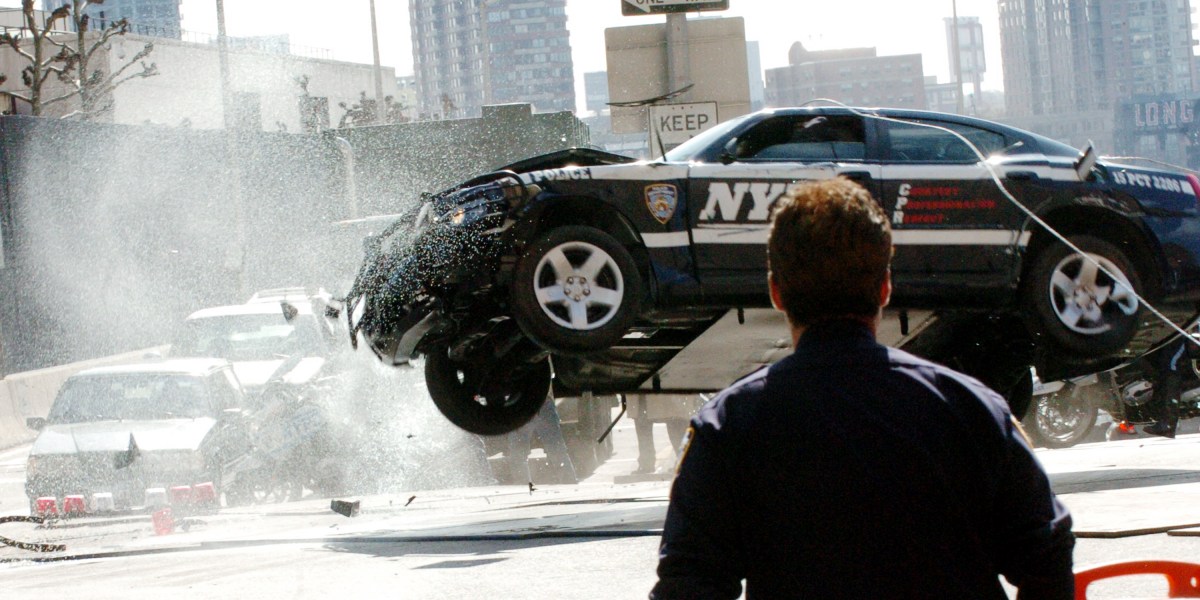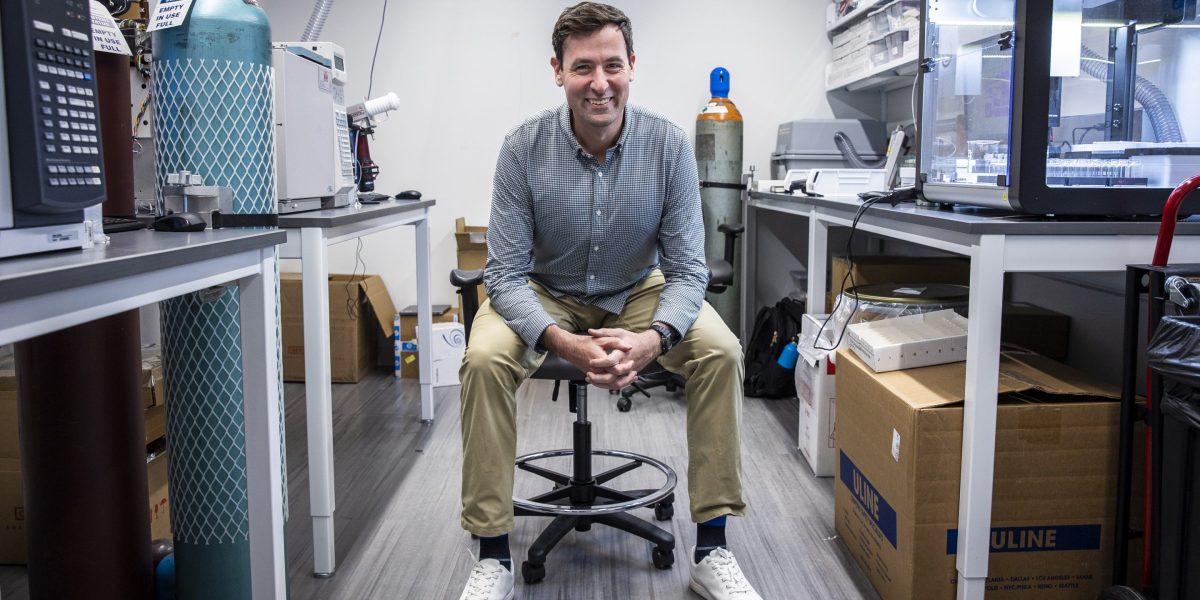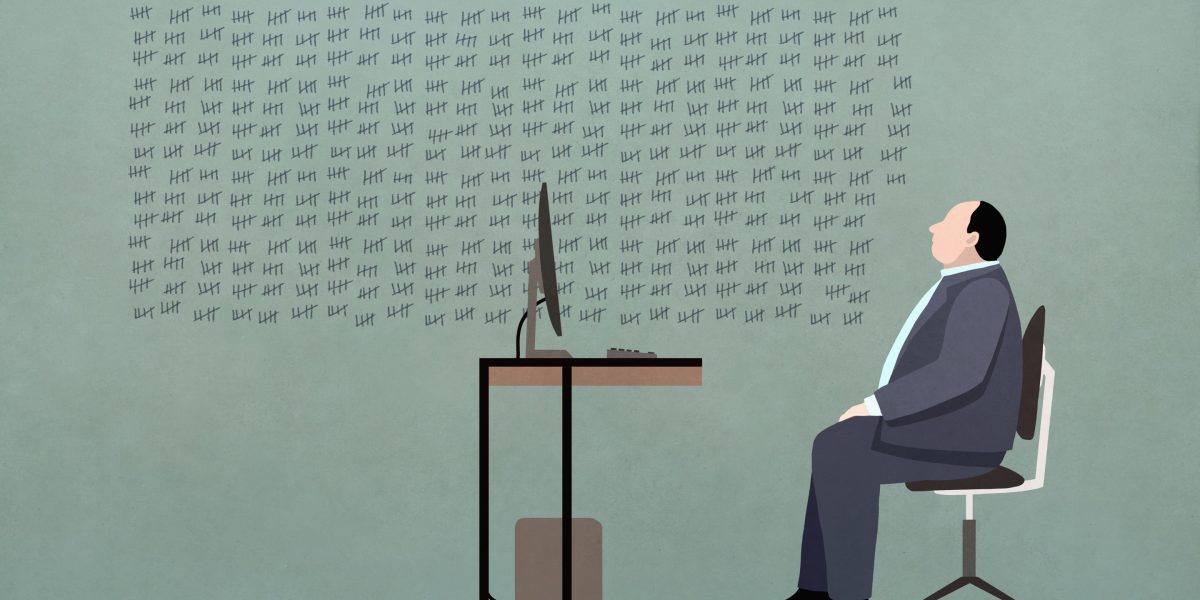- The funeral of Pope Francis will be different than those of his predecessors. The pope changed the funeral rites last year, emphasizing humility and removing some of the pomp and circumstance.
Pope Francis, who has headed the Catholic church since 2013, has died at the age of 88.
The 266th pope was hospitalized earlier this year for a complex lung infection that led to kidney problems. His passing will begin an orchestrated process that will look much different than those of his predecessors. Francis, last year, instituted several changes to papal funeral rites, effectively writing a new script for his own funeral and those of popes to come.
Born Jorge Mario Bergoglio, Pope Francis was elected to the papacy at the age of 76, following the resignation of Pope Benedict XVI. His public life was one that emphasized humility and empathy for the poor—and he chose a less formal approach to his office with an emphasis on reform.
Francis’ time as pope was a groundbreaking one. Women were given voting rights at a key meeting, the Synod of Bishops, he and cracked open the door of the Catholic church to blessing same-sex unions (though it cautioned those blessings would be kept separate from marriage).
“We cannot be judges who only deny, push back and exclude,” Francis wrote in 2023. “As such, pastoral prudence must adequately discern whether there are forms of blessing, requested by one or several people, that do not convey a wrong idea of a matrimony. Because when one seeks a blessing, one is requesting help from God.”
Pope Francis will not be buried at the Vatican
Even before changing the funeral rites, he signaled a different approach to how he wanted his death to be treated.
Whereas most pontiffs have been buried in the grottoes under St. Peter’s Basilica, Francis announced in 2023 that he would be buried in Rome’s Santa Maria Maggiore basilica instead. That, he said, would let him be near his favorite icon of the Madonna.
Pope Francis’ funeral will eschew much of the pomp and circumstance
Then last year, Francis changed the funeral rites that were to be used when he dies. Those were the first changes in 24 years.
The changes were deemed necessary after the death of Emeritus Pope Benedict XVI in 2022, when the Vatican had to arrange a funeral for a retired pope for the first time in 600 years. And it presented Francis with the opportunity to simplify things.
Francis has avoided much of the grandeur and pageantry of the papacy, opting (for instance) to live in the Vatican hotel rather than the Apostolic Palace, where previous popes have lived. He also prefers to travel in smaller cars rather than SUVs.
One of the changes he made to funeral plans for popes was doing away with the requirement that the pope be placed on an elevated platform in St. Peter’s Basilica during the public viewing. Instead, his body and those of future popes will lie in state in a simple coffin.
Also the burial tradition requiring three interlocking coffins made of oak, cypress and lead was done away with.
Archbishop Diego Ravelli, master of papal liturgical ceremonies, told Vatican News the changes highlight “even more that the Roman Pontiff’s funeral is that of a shepherd and disciple of Christ and not of a powerful man of this world.”
Scripture changes at papal funerals
While the rites still call for memorial masses at the Vatican for nine days, the revisions also updated the language in the prayers and Scripture readings to match revised translations. More saints will also be included in the Litany of Saints, which is chanted as the body of the pope is carried into St. Peter’s Basilica.
When will conclave take place?
The changes Pope Francis made to papal funeral plans did not touch on conclave, the process where the Vatican convenes to elect a new leader of the church. There’s no set amount of time between the death of a pope and the start of conclave, but it’s generally 15-20 days. The cardinals decide the exact time and date.
At conclave, cardinals under the age of 80 will select the next pope. As of Jan. 22, there were 252 cardinals worldwide—138 of which fit the age requirement. A two-thirds majority of voters is needed to win.
This story was originally featured on Fortune.com
Source link

 Entertainment8 years ago
Entertainment8 years ago
 Politics8 years ago
Politics8 years ago
 Entertainment8 years ago
Entertainment8 years ago
 Entertainment8 years ago
Entertainment8 years ago
 Tech8 years ago
Tech8 years ago
 Tech8 years ago
Tech8 years ago
 Tech8 years ago
Tech8 years ago
 Politics8 years ago
Politics8 years ago







